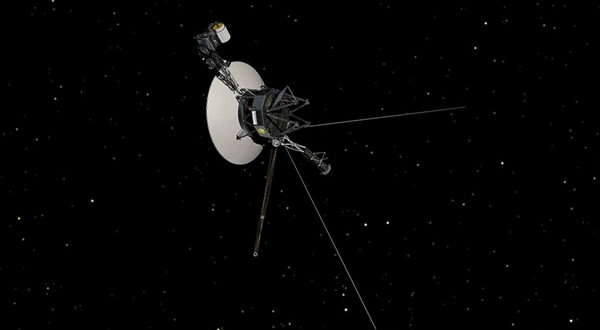Voyager 1 still continues to experience the bumpy effects of the “tsunami wave” it encountered in space this February.
This is the third shock wave it has encountered since entering interstellar space in 2012. The wave is still propagating outwards.
This type of “tsunami wave” occurs when the sun emits a coronal mass ejection. This CME throws out a magnetic cloud of plasma from the surface of the sun, generating a wave of pressure. When this cloud runs into the interstellar plasma, a shock wave results.
“Most people would have thought the interstellar medium would have been smooth and quiet,” said Don Gurnett, one of the researchers, in a news release. “But these shock waves seem to be more common than we thought.”
In fact, this is the third shock wave that Voyager 1 has experienced since it began its journey. The first event occurred in October to November of 2012 while the second wave occurred in April to May of 2013. The most recent event, though, started in February, and it’s still going on as of November data.
“This remarkable event raises questions that will stimulate new studies of the nature of shocks in the interstellar medium,” said Leonard Burlaga, one of the researchers.
Currently, scientists aren’t sure why this particular shock wave has lasted so long and what it may mean. They’re also unsure as to how fast this wave is moving, or how broad a region it covers. Yet as Voyager 1 continues its journey, scientists hope to accumulate more data. These findings, in turn, will help tell researchers a bit more about interstellar space.
Agencies/Canadajournal
 Canada Journal – News of the World Articles and videos to bring you the biggest Canadian news stories from across the country every day
Canada Journal – News of the World Articles and videos to bring you the biggest Canadian news stories from across the country every day



